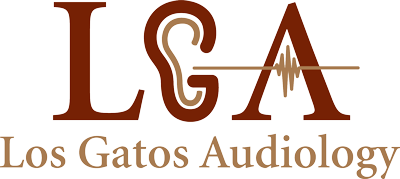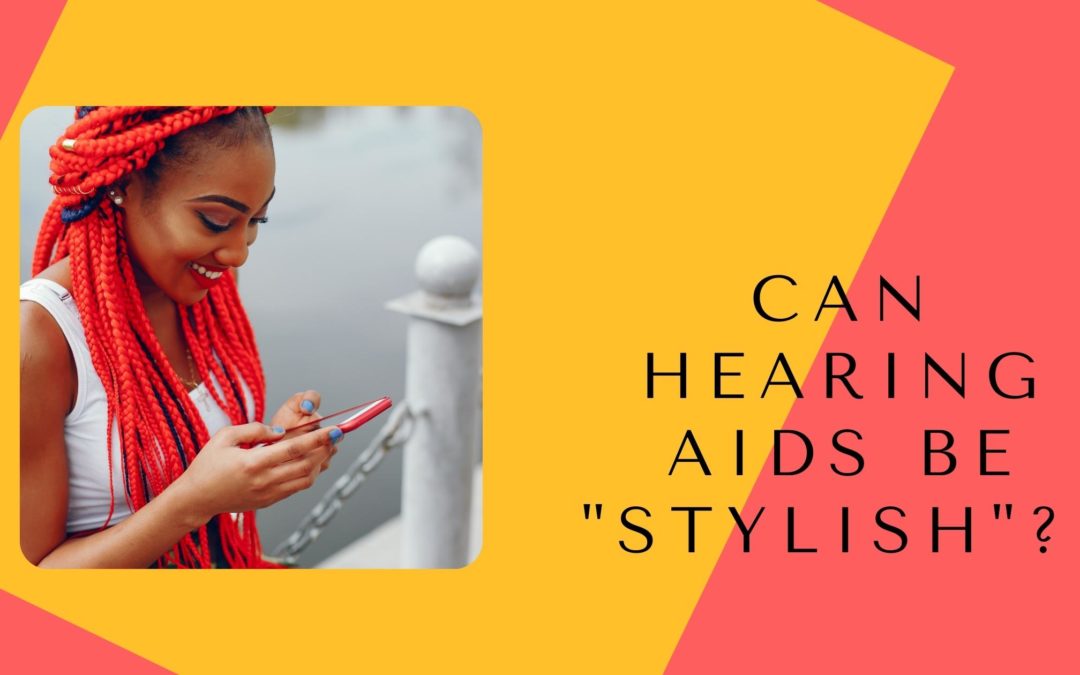One of the most common misconceptions about hearing aids is that they are outdated, bulky, and all too noticeable. These electronic devices are often associated with older adults, maybe you think of grandparents when imagining hearing aids. But today’s hearing aids, like most electronic devices, have experienced significant innovations. With advancements in technology and the increasingly digital age we are living in, hearing aids are savvier and sleeker than ever before. There is such a wide range of options that come in various styles, colors, and offer different features. Today’s hearing aids are becoming more stylish and can easily integrate into daily life.
Understanding How Hearing Aids Work
All hearing aids consist of the same basic components which allow them to absorb, amplify, and process sound. This includes:
- Microphone: absorbs sound waves from the environment and converts them into electrical signals. Digital hearing aids have a computer chip that then converts sound waves into digital signals which can then be adjusted in a variety of ways to meet the specific needs of the wearer.
- Amplifier: receives the signals from the microphone, amplifies the signals, and sends them to the receiver.
- Receiver: also known as the speaker, delivers the signals to the inner ear where they continue to be processed and then sent to the brain.
The last component of hearing aids is the power source. All hearing aids are powered by disposable or a rechargeable battery. Where hearing aids differ and have also been upgraded in both the technology as well as style.
“Stylish” Hearing Aids
When you think of hearing aids, you likely imagine a large piece of hardware that is worn behind the ear. While these were the dominant type of hearing aid decades ago, hearing aids have come a long way since. There are newer styles of hearing aids that are smaller and worn in the ear, offering greater discretion. This includes:
- In-The-Ear (ITE): ITE hearing aids are made using custom impressions taken of your ear. These types of devices are worn in the ear to varying degrees. ITE devices are worn on the outer ear, while only a small portion sits within the ear canal.
- Invisible-In-Canal (IIC): Invisible-In-Canal hearing aids are even smaller and are the smallest hearing aid on the market. They are worn completely inside your ear canal and are fitted to sit perfectly in the ear. IIC devices are typically invisible to others.
Several hearing aid manufacturers produce IIC types of hearing aids including Phonak’s Lyric. The Lyric is the world’s first 100% invisible hearing aid. It is designed to be worn deeply in the ear and can be worn 24/7. The Lyric is placed near the eardrum and is invisible to yourself and others. This hearing aid highlights a greater trend in the hearing industry which is to create devices that are smaller and more stylish. Hearing aids are becoming wearable technology like a smartwatch. As more innovations continue to shape these devices, we can expect hearing aids to offer greater stylish and sleek designs.
Innovative Digital Features
In addition to being more stylish, hearing aids also offer more technologies and features that create seamless listening experiences. Digital hearing aid features include:
- Wireless connectivity: most digital hearing aids are Bluetooth enabled. This means that they can wirelessly connect to other electronic devices. The hearing aid can then stream audio directly which enhances sound quality.
- Background noise reduction: separating background noise from speech, this feature is then able to minimize background noise which allows the wearer to better hear and focus on speech.
- Tinnitus management: tinnitus (buzzing or ringing noise in the ears) is a common symptom of hearing loss. This feature offers tinnitus management therapy which alleviates tinnitus.
- Voice recognition: this feature identifies voices from other types of sounds and focuses on enhancing them. This presents voices including the wearers more naturally.
These features sharpen sound quality and maximize hearing capacity across all environments. This allows people to comfortably navigate conversations, social settings, and work environments with greater ease.
Treating Hearing Loss
Treating hearing loss offers life-changing benefits that can transform your health. Hearing aids are incredible pieces of technology that are more stylish and discreet than ever before. Contact us to learn more!


